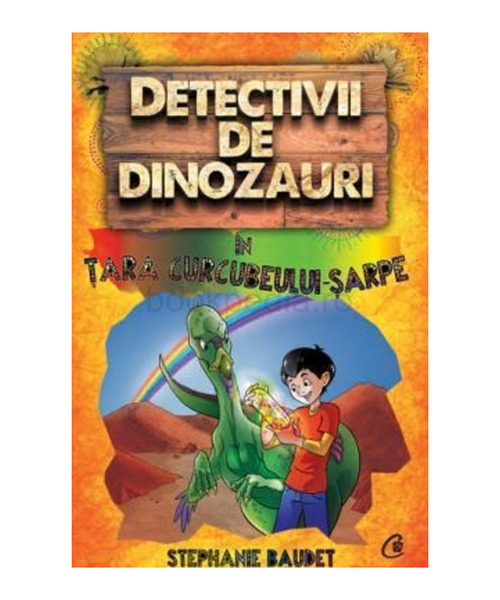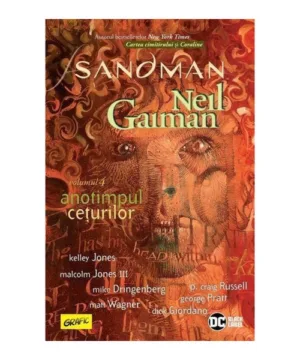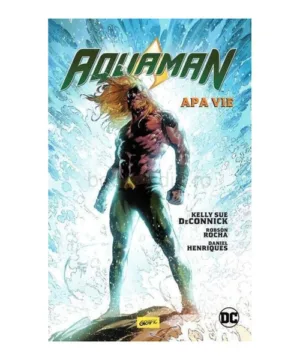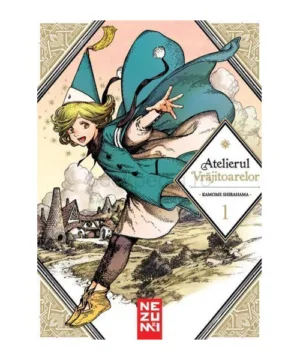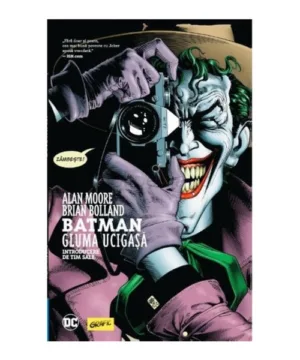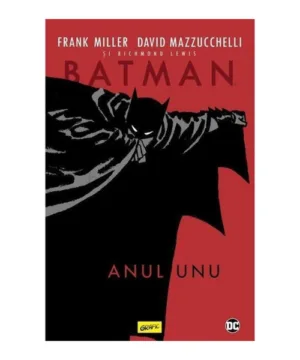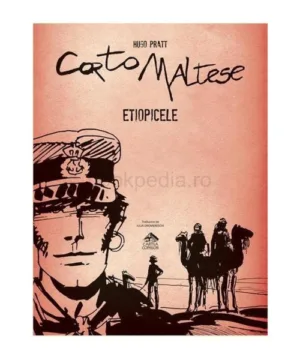The Catalogue of the Neolithic and Eneolithic Funerary Findings from Romania
46,33 lei
| Authors | Catalin Lazar |
|---|---|
| Year | 2012 |
| Pages | 200 |
Additional information
| General | |
|---|---|
| Authors | Catalin Lazar |
| Year | 2012 |
| Others | |
| Identification | |
| ISBN-13 | 9786065371354 |
| Format | |
| Pages | 200 |
Description
The study of funerary rites and rituals used by different prehistoric communities is one of the most difficult issues of the scientific research, because of the complexity of the phenomenon itself and the so-called “opacity” of the archaeological discovery. Given these conditions, the subject needs careful attention, both from the perspective of the structure of the existing data but also of the different types of possible interpretations.
Unfortunately, in the Romanian literature are severely lacking syntheses dedicated to the funerary discoveries from the Neolithic and Eneolithic. The only attempt to publish such a study is the article written by E. Comsa in 1960, Contributie cu privire la riturile funerare din epoca neolitica de pe teritoriul tarii noastre (Comsa 1960a). Some years later, in 1974, the same author updates the data in an article called Die Bestattungssittenim Rumänischen Neolithikum (Comsa 1974b). Besides these two syntheses, there are diverse attempts to present the funerary finding from these periods of time (e. g., Comsa 1987; Marinescu-Bilcu 2000; Schuster et alii 2008; Enea 2011), but them are mostly incomplete regarding the index of findings. Also, we must mention here those studies dedicated exclusively to some cultures or geographical areas of Romania (e. g., Comsa 1960b, 1974a, 1995a, 1995b, 1999; Paul 1992; Luca 1994; Hasotti 1997; Popovici 1999, 2010; Lazar 2001, 2011; Bacuet-Crisan 2004, 2005; Astalos & Virag 2007; Bem 2008; Suciu 2009, Kogalniceanu 2012, etc.)
Besides these contributions, the funerary discoveries from the actual Romanian territory were part of some syntheses dedicated to the Balkan area by various foreign authors (e. g., Tringham 1971; Chapman 1983; Lichardus et alii 1985; Bailey 2000; Lichter 2001; Paluch 2004; Debois 2008, etc.).
However, these syntheses are far from covering the entire information available, the data set used being incomplete mostly because of the language barrier, as most data are published in Romanian and not in international languages.
In these conditions, we consider legitimate the present attempt to publish a repertoire of all the sites known at the moment. This will be a genuine apparatus for archaeologists, BA, MA, and PhD students, being conceived in a simple, coherent, accessible and useful manner.
Moreover, publishing this repertoire in an international language, we hope to make the data available to all those who are interested. Still, we have to mention that we had a series of difficulties regarding the data available. Great part of discoveries does not have the necessary information for a complete and complex analysis mainly because of an unscientific field research or imprecise and unreliable published data.
Most of the times, in quest for a chronological framing or simply just a description of the funerary features, many authors took in consideration only the most relevant elements. However, some aspects omitted at the time turned out to be of maximum importance.
Last but not least, we have to keep in mind that a great part of these errors or misunderstandings and lack of data happen because of the manner in which some authors choose to “mechanically” use previously published data, without the effort of verifying the source or the new publications.
Finally, for the kindness and generosity in facilitating the access to materials and data connected to funerary features included in our analyses, some yet unpublished, we wish to thank the colleagues Radian Andreescu (Bucuresti), Sanda Bacuet-Crisan (Zalau), Adina Boroneant (Bucuresti), Gheorghe Lazarovici (Cluj Napoca), Silvia Marinescu-Bilcu (Bucuresti), Cristian Micu (Tulcea), Pavel Mirea (Alexandria), Catalin Nicolae (Bucuresti), Sabin Popovici (Caracal), Done Serbanescu (Oltenita), Cristian Stefan (Bucuresti), Cristian Virag (Satu Mare) and Valentina Voinea (Constanta).
dr. Catalin Lazar

